Bringhurst: Salt Lake City is Bulldozing Invaluable History
The Dinwoodey Mansion in Salt Lake City on September 6, 2021. (Photo by Kevin Cody | The Daily Utah Chronicle)
September 9, 2021
Silk dresses and fedoras peppered the crowd. Tiffany chandeliers sparkled overhead. Abbott & Costello dazzled the audience with “Who’s on First,” an iconic comedy routine. Such vaudeville performances captured Utah audiences at the Utah Pantages Theater in the early 20th century. Now, little hope remains for the historic theater to be granted a second life.
Residents have mourned the loss of several historic buildings in recent years. Salt Lake City Council hasn’t done enough to protect historic districts from demolition. But the city’s best interest would be to maintain historic architecture. Preserving these buildings increases affordable housing, minimizes greenhouse gasses emitted from building manufacturing and fosters a sense of community that their rich histories enhance.
Affordable Housing
Salt Lake City currently suffers from a housing crisis. Prices for renters and homeowners continue to rise. Salt Lake County’s median price on a single-family home reached $535,000 last month, up 31% from last year. Nearly one in five renters in Utah spend more than half of their income on housing.
Currently, Salt Lake City relies on the construction of new homes to solve this crisis. “More construction of all housing types is needed so more people can realize the American dream of homeownership,” Matt Ulrich, president of the Salt Lake Board of Realtors, told the Salt Lake Tribune.
This may help high-income residents, but it doesn’t offer a solution for low-income residents who can’t afford the new, luxury apartments popping up around the city. “Single family houses … are already being demolished and what’s replacing it is a single family, million dollar house, which is far less affordable,” said Councilman Darin Mano in an interview with Building Salt Lake.
According to Place Economics, 32% of households below the poverty line live in older and historic homes. Preventing demolition of historic apartments and homes allows them to become naturally occurring affordable housing.
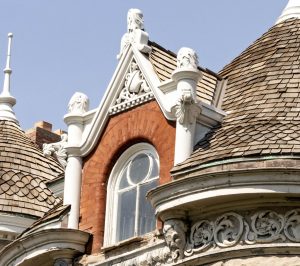
Sustainability
Manufacturing and development of new housing also heavily contribute to greenhouse gasses. Buildings and their construction account for 36% of global energy use and 39% of energy-related carbon dioxide emissions annually.
Concern for climate change grows among Utahns as they increasingly see the effects of wildfires and poor air quality on their daily lives. Mitigating carbon emissions would ensure a livable environment for future posterity.
A 2004 study by the Brookings Institution concluded that if trends continue, nearly one-third of buildings would have been demolished and rebuilt by 2030. “Demolishing and rebuilding takes vast amounts of energy and materials, both of which are increasingly in short supply.”
We should repurpose older buildings so future generations can reap the same benefits of tangible history that we enjoy today. But that means that we must drastically decrease the pace at which we manufacture new buildings.
The Value of Community
Above all, you can feel the strong culture and community while walking among historic sites, such as the East Side Historic District in Salt Lake City. A new proposal threatens to demolish history by tearing down five historic homes within the district to replace them with townhomes. Four of the at-risk homes were constructed in the 1890s.
“This is our community,” said a resident to KSL, “These are five structures that would be lost along with the heritage they represent.” Historic architecture has a unique ability to connect to people who have long passed, and to tear them down would leave a hole in the community.
Residents throughout the city share this same sentiment. A man chained himself to the Utah Pantages Theater in protest of its demolition. Many community members prioritize preservation, and they are willing to put in the effort to maintain historic relics.
“Being able to access the tangible remnant of who these people were and what they did is deeply moving,” said David Amott, executive director of Preservation Utah, in an interview. “Historic buildings add a richness and a depth to something as mundane as a walk down the street.” In the process of replacing historic buildings with modern skyscrapers and townhomes, we erase the stories of those who walked our streets before us.
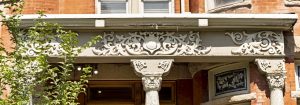
We Need Action
Building preservation offers a charm and culture to cities that luxury apartments don’t. Historic buildings tell stories, carry legacies and contribute to a greater sense of community. It would have been possible to preserve the Utah Pantages Theater, whether as a designated local historic site or repurposed into a movie theater. It could have been granted a new life.
“There’s no doubt in my mind that if the community came together and said, ‘Let’s restore this thing,’ it would have been possible to restore,” said Amott.
Preserving historic buildings in Salt Lake City can be done, but it requires a change in values from the community and city council.
m.bringhurst@dailyutahchronicle.com
This article was updated on Sept. 13, 2021 to correct the spelling of the name of the Dinwoodey Mansion, which is spelled with “dey” at the end, not “ly.”


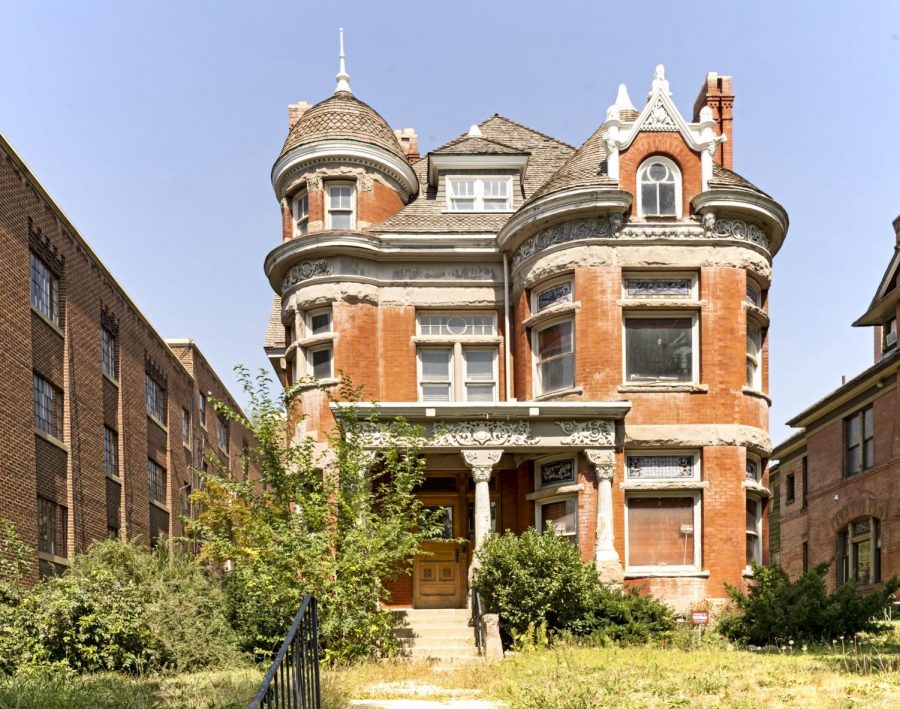



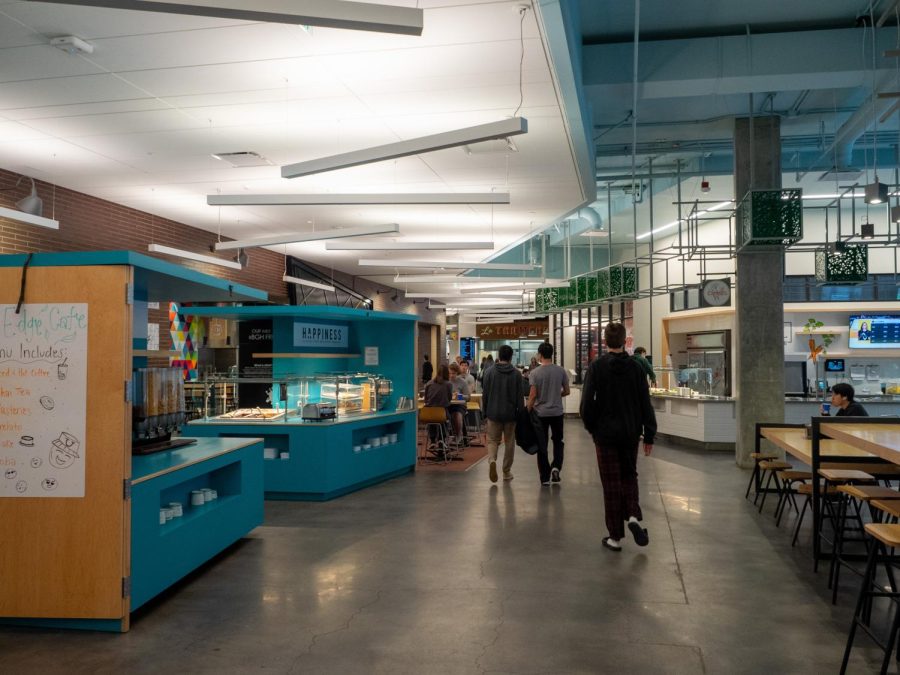
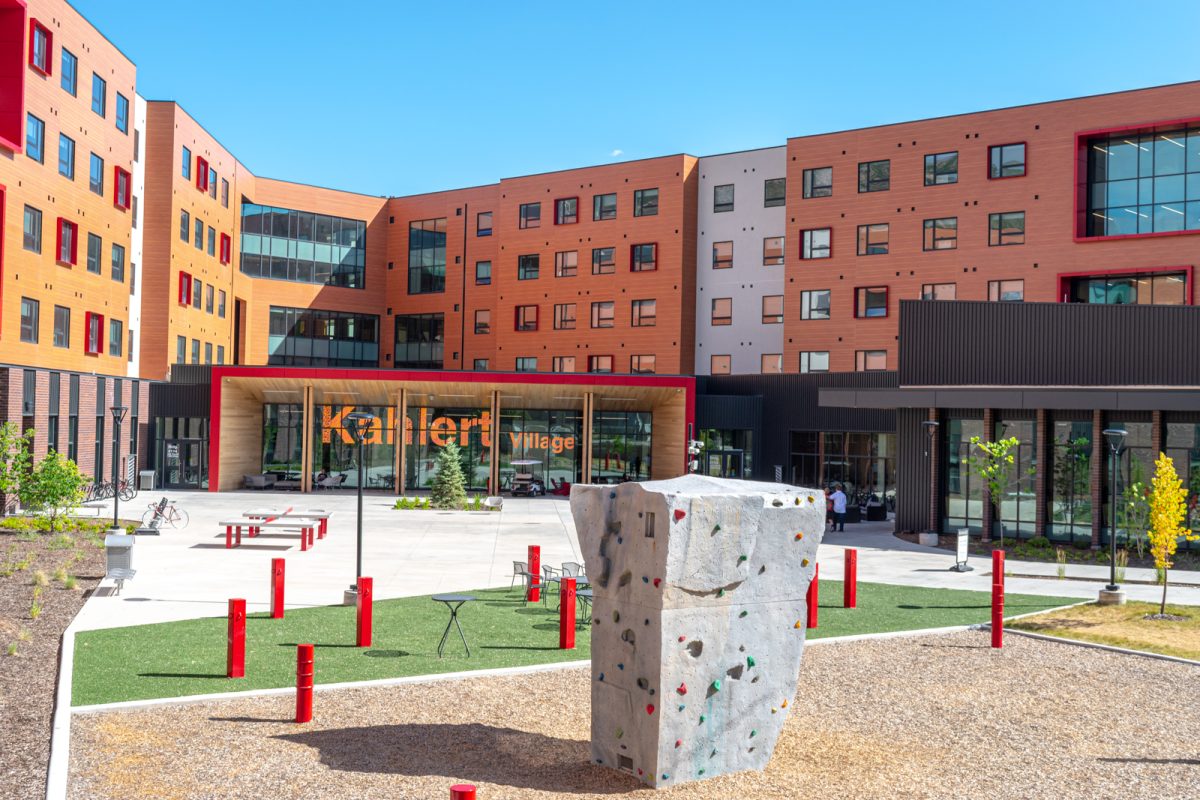
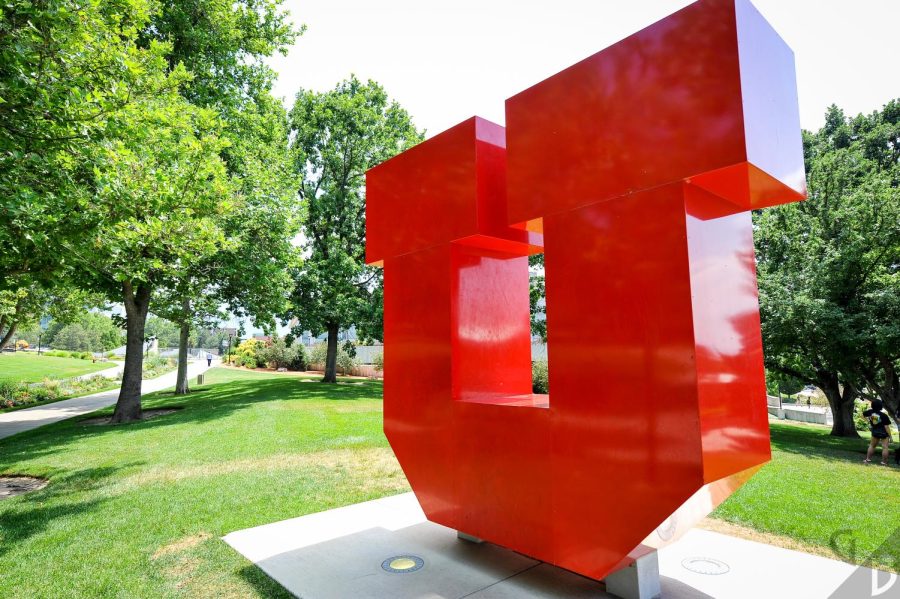





Serena Wickham • Oct 4, 2021 at 8:15 pm
I am utterly horrified by the destruction of slc’s historical structures…. History means nothing in the sight of greed and money. How many people make this city function at significantly lower incomes than what our city aims to attract. SLC politicians and their “bribers” should be ready to watch their city collapse under unreasonable future expectations. @Who will do your menial jobs???????
Marilyn Bergstrom • Sep 30, 2021 at 6:17 pm
Has anyone checked the Historical Register, those houses can not be torn down. Please check that list befoe they do anything . These old houses still have a life , they’re special what stories they could tell. Please don’t tear them down, give them the respect they deserve. I’m sure there is a foundation that can help . These houses are loved by so many, Salt Lake was built on these houses, tear down the houses and you have no heritage any longer. This house is just as important as other old houses that are still standing and those that won’t ever be torn down.
Please reconsider and give it a new life.
Kelly Chapman • Sep 25, 2021 at 2:30 am
I’m a SLC girl raised in Utah. Wishing we could afford it and fix it up and move home!! My husband is a craftsman he could fix it up just like Bob Villa could. We sadly cannot afford to buy it and fix it up. We would relish the opportunity to come home, be with family and bring this lovely home back to life!! Somebody, Anyone? Dream big, why not!?
I remember touring the McCune Mansion as a kid, we took the kids there too. I loved that Salt Lake seemed to cherish the older buildings. I am sad that some people don’t realize these are treasures? They do not build with the finesse they used to. Victorian style is amazing, the details in the trim just that I see on the outside, are enough to make me fall in love with this masterpiece.
Please don’t destroy this piece of art, this piece of history. Square boxes are not quite the same.
Kathryn Russell • Sep 24, 2021 at 3:48 pm
This house is magnificent! How sad there isn’t one group in Salt Lake willing to preserve this house. I wish I had the money to save and restore it, I’ve been admiring this property for the 2 decades I’ve lived in this city. With all the apparent businesses moving into Salt Lake, why not put it on the market for a company headquarters? Law firm? Art or music school? Shaking my head over this one.
Dorothy McGee • Sep 21, 2021 at 11:53 am
Please quit tearing down these beautiful buildings they have stories to tell . Stay out of our neighborhood cant you find better places to build these apartments that all look the same ? You are taking so much from us when you demolish these old buildings go build on the this is the place park if history doesnt matter or does some history mean more than others ?
Ken Verdoia • Sep 20, 2021 at 7:23 am
Congratulations to the Chronicle for going where other media fear to tread. Great cities demonstrate a commitment to holding on to foundational elements, such as historic architecture. It is a false narrative to boil urban vision down to “housing versus preservation.”
Lindi McIlwaine • Sep 19, 2021 at 9:54 pm
What is wrong with the housing market? Single family homes are being replaced by soviet style apartment buildings with unaffordable luxury apartments and no green space. Sugarhouse would be an example. The old architecture is so beautiful.
Richard Altman • Sep 19, 2021 at 5:15 pm
Who is responsible for tearing down historical, beautiful, manshion’s & buildings which we do not replicate. Let’s see, politicians legally allow & (make) deals with builders for the parcels. The very ones you would not trust for anything. Polititions have gotten rich screwing the public & anyone where it enriches them. It is the fault of dems, liberals, republicans, & conserves. They are all self serving not public serving. There should be limited terms & constant oversight to avoid lasting power. Our best bet is to elect some schmucks off the street for four years, period. Signed, disalusioned & disappointed.
Hilary kirk • Oct 13, 2021 at 3:20 am
You can thank that women that is running the city you know the one who hates are police who does not care about history the one who was voted in and only ran so she could make a mess of are city I think her name is mendenhall. And where is the church why are they not doing something why don’t they stop all this they have the money and it is utah history they get in the middle of every thing but this they say utah is about family and family history I’m sure these old buildings are part of that
LYNNETTE WEEKS • Sep 18, 2021 at 9:06 am
These old homes require dedication to be preserved. Is there no group out there who will buy these beautiful historic buildings and restore them? Maybe require a small percentage be tacked on to these new builds to go toward the restoration of the historic buildings.
Rachelle • Sep 17, 2021 at 2:53 pm
Salt Lake City is a beautiful city and the history of any city is in its old buildings. Don’t destroy Salt Lake City’s history. You can never get it back!! Restore these wonderful buildings. Rome’s Colosseum is old and dusty, too! I’m sure that someone once wanted to bull doze that broken shell of a building, too. This mansion is over 100 years old. It’s built in a style that isn’t seen anymore. New York City regrets tearing down all of its old and famous mansions that dotted the city. Learn from history; Salt Lake City will regret it too!
Jay Slaughter • Sep 17, 2021 at 9:01 am
Stop demolishing our history
Jill Strasburg • Sep 17, 2021 at 6:45 am
I started working at the Kahn Mansion for Anniversary Inn when I was 18. I was moving to SLC from Utah county, and it was my first job. I LOVED going to work, and getting to see all the beautiful rooms, getting to walk around the property and see how beautiful that neighborhood is. It breaks my heart to think that this building that I shared so much of my life with, will be torn down. We really need to put forth the effort to keep these special buildings.
I currently live in a historic district home on 9th and 9th, and I know the moment we move, someone will buy it and tear it down. It’s one of the reasons we haven’t left, we want to keep these structures safe. We’re going to regret the day when we “Utahns” wake up to realize that every single piece of our beautiful history, has been replaced with expensive condos that don’t do a single thing for this community.
Steven Vargo • Sep 16, 2021 at 11:27 am
As I walk the streets of our city, I’m marveled by the rich history and beautiful historic monuments that populate our community. Thank you for this article, please let us know how we can be allies in keeping the charming city the way it is-